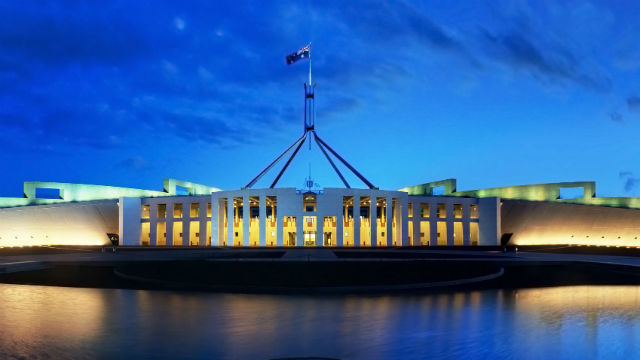
Submission to the government review into housing affordability in Australia.
Housing in Australia is too expensive. Families on lower incomes cannot afford reasonable accommodation. Aspirations to home ownership are fading. (Section 1). A large body of international and Australian research finds that a major reason housing is so expensive is land use regulations. Claims that these restrictions preserve neighbourhood amenity are exaggerated and unrepresentative. (Section 2).
Negative gearing and the discount for capital gains tax have very small effects (1 — 4%) on housing prices (Section 3). Immigration boosts housing prices and needs to be better co-ordinated with housing supply (Section 4). The federal government spends a lot of money trying to improve housing affordability, but demand-side subsidies merely reshuffle a fixed housing stock. We need to boost supply (Section 5). The federal government needs to improve incentives for state and local governments to approve more housing. Making infrastructure payments conditional on better performance would help. (Section 6).
Housing affordability: overview
Australia has some of the most expensive housing in the world, especially in our largest cities. Sydney and Melbourne are the third and sixth least affordable housing markets of the 92 international cities surveyed by Demographia.
This damages our economy and reduces our quality of life. For what people are paying, they could instead have several extra rooms and a much shorter commute. Workers are moving away from the best-paying, most productive jobs. Potential homebuyers are trapped in insecure rental accommodation or are forced to remain living with their parents. The aspiration to home ownership — a central part of our culture — is being denied. The home-ownership rate is falling quickly, particularly among young families.
The high and rising cost of housing results in growing inequities. The main beneficiaries are wealthy homeowners, who receive large capital gains for no effort or sacrifice. The losers are renters and new home buyers, who tend to be young and poor. As housing deposits take ever-longer to save for, young families increasingly rely on their parents for finance — so home ownership is becoming increasingly hereditary. Limits on new apartments in many affluent suburbs are increasing segregation and barriers to mobility.
Meanwhile, low-income families see a large share of their income eaten up by high housing costs. The share of poor households in rental stress has increased substantially (Chart 4). Homelessness, one of the most upsetting features of city living, increases in proportion with housing costs (Council of Economic Advisers, 2019, pp11-16).
ALSO READ: Planning restrictions harm housing affordability
SELECTED REFERENCES
RBA (Reserve Bank of Australia) (2014), ‘Submission to the Inquiry into Affordable Housing’, https://www.rba.gov.au/publications/submissions/housing-and-housing-finance/inquiry-affordable-housing/
Saunders, Trent and Peter Tulip (2019) “A Model of the Australian Housing Market” RBA Research Discussion Paper 2019-01 https://www.rba.gov.au/publications/rdp/2019/2019-01.html
Senate Economics References Committee (2015), “Out of Reach? The Australian Housing Affordability Challenge”, Senate Economics References Committee, Canberra. https://www.aph.gov.au/parliamentary_business/committees/senate/economics/affordable_housing_2013/report









